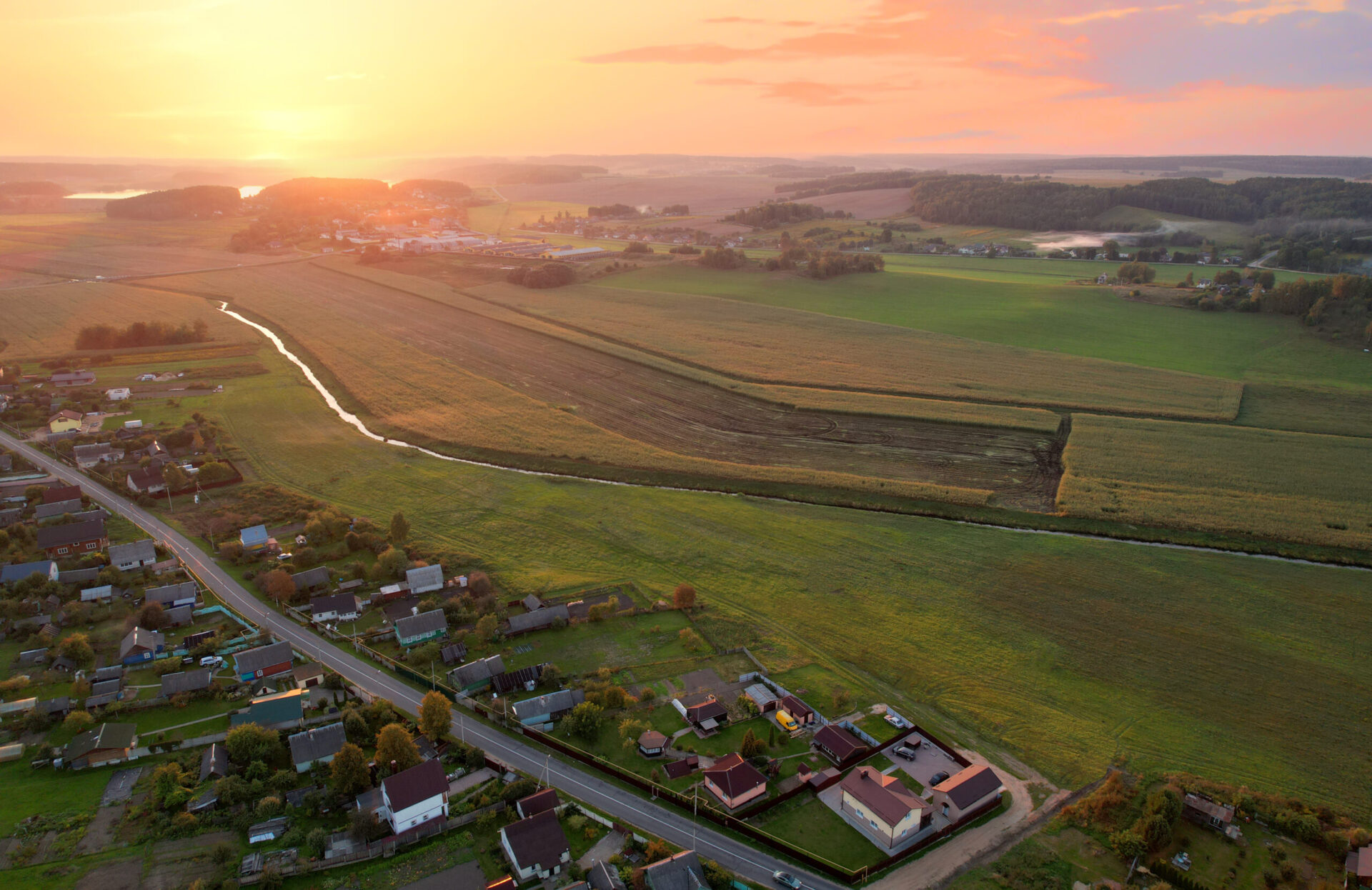For borrowers in the rural South, getting a mortgage is tricky.
A new analysis from the Consumer Finance Protection Bureau found that consumers in hard-to-reach areas of the South have a tough time accessing credit. Southern rural consumers apply for mortgages at the same rate as consumers nationwide – 19 applications per 1,000 residents – but are more likely to be denied, with 27% of their applications shot down compared to 11% nationally.
They also pay higher rates than borrowers in other regions, averaging 3.51% in 2021 compared to 3.12% nationally.
The rural South does have high levels of poverty, which can translate to poor credit scores. Almost half of the country’s persistent poverty counties – where 20% of the population has been in poverty for at least 30 years – are in the eight states the CFPB refers to as the South. Those states include Alabama, Arkansas, Georgia, Louisiana, Mississippi, North Carolina, South Carolina, and Tennessee.
But the CFPB says credit scores aren’t a good explanation of the trend.
One big problem is a lack of lending options, which makes this region a “banking desert.”
The majority of loans in the rural South are made by non-depositories, and just a handful of lenders in particular. The lack of competition may give these lenders too much power to pick and choose who gets a mortgage.
Additionally, the number of unbanked people – those who don’t use mainstream financial services – is much higher in Southern rural areas. The CFPB noted that while those numbers are improving, more outreach to these Americans is necessary to provide them with adequate credit.
Racial discrimination in appraisals and an influx of private investors buying up affordable stock also impact mortgage lending.
Manufactured homes are one area of interest in combating these issues. These homes are far more common in the rural South than nationally and could provide relief in the low-inventory market.
For mortgage professionals, lending in this region could seem untenable.
A lack of infrastructure and access to capital, paired with unfamiliarity with the rural market, appear to be insurmountable challenges.
But those who want to explore this untapped market can benefit from USDA programs designed to move business into rural communities. The USDA business and industry loan program offers loans of up to $25 million to businesses opening in communities with 50,000 or fewer residents. It is one of several programs available to entrepreneurs and can benefit risk-averse lenders interested in expanding their businesses.
Additionally, starting and running a business in a rural area is cheaper than doing so in a major metro.
Read More Articles:
Housing Starts Exceed Expectations
Office Demand: Should Mortgage Professionals Be Back In Person?
Luxury Markets: What Do The Wealthy Really Want In Their Homes?
